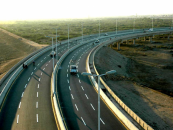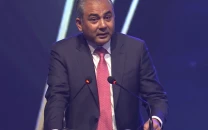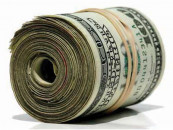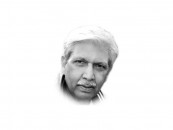The continued lockdown
It’s been exactly 30 days today since residents of IOK were cut off from the entire world

The Burhan Wani martyrdom had, meanwhile, triggered an unprecedented uprising that refused to die down for more than a week after which New Delhi moved to impose curfew restrictions in many parts of the occupied state. The restrictions — on supplies and communication channels — were lifted after 53 days, but the unrest continued for eight months in 2016 and 2017. More than 90 civilians were martyred during what is regarded as “Kashmir Intifada” while around 15,000 others were injured, many of them blinded, as Indian security forces used pellet guns, teargas shells, rubber bullets, as well as assault rifles in their bid to control the unrest. Two security personnel also died while more than 4,000 personnel were injured.
Also called the Burhan aftermath, the Intifada has energised the freedom movement in Kashmir and serves as a constant reminder to New Delhi of the unparalleled resilience of the Kashmiris who carry no weapons, except for small pieces of rocks and stones, but can fight a much mightier enemy — an enemy that is armed to the teeth — till the last drop of their blood. So whenever it happens, the lifting of the oppressive curbs is unlikely to go without a violent response — and an endless one this time.
Published in The Express Tribune, September 3rd, 2019.
Like Opinion & Editorial on Facebook, follow @ETOpEd on Twitter to receive all updates on all our daily pieces.















COMMENTS
Comments are moderated and generally will be posted if they are on-topic and not abusive.
For more information, please see our Comments FAQ